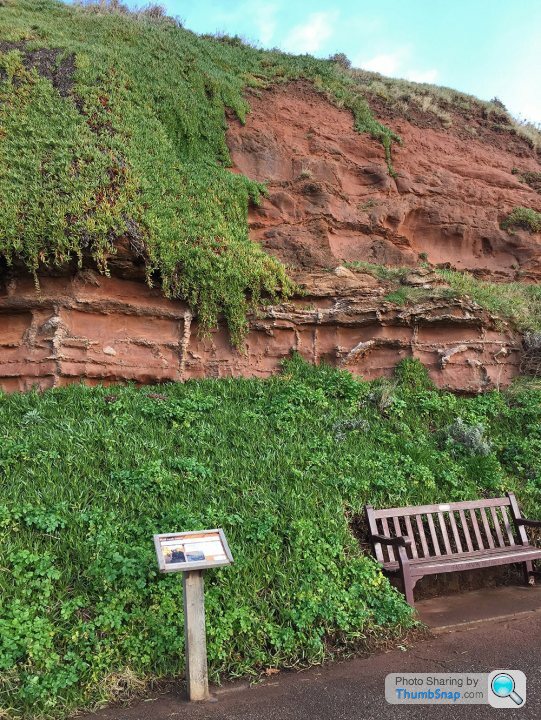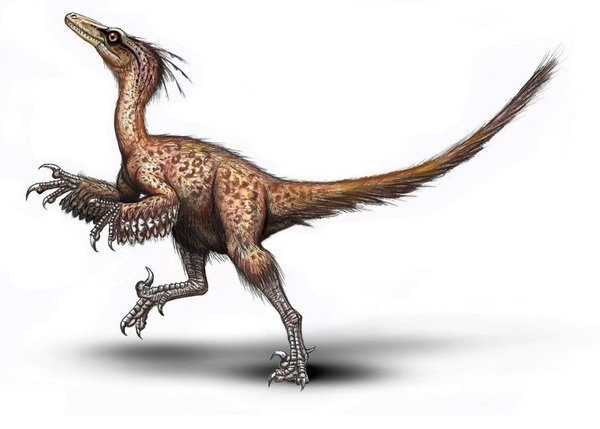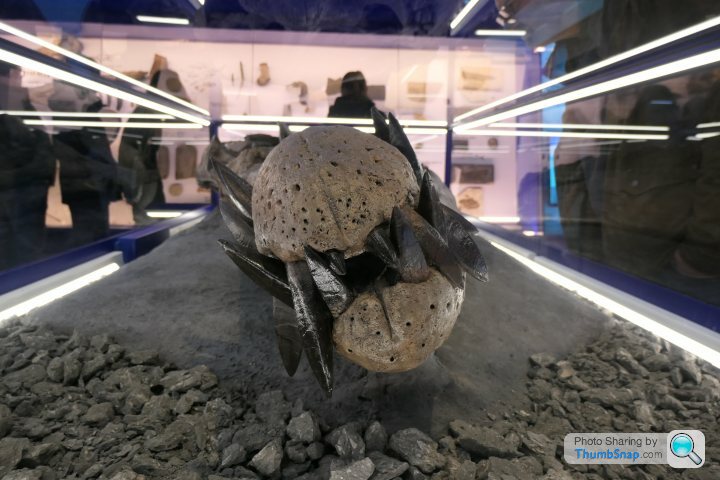Sea Monster discovered in Dorset Cliff
Discussion
otherman said:
Simpo Two said:
The piece David Attenborough is looking at doesn't look anything like the fossil in the top photo.
That's just the snout before they got the rest of the head out.Edited by Simpo Two on Monday 11th December 21:00
The piece they found on the beach was about the size of a football. They could see where it had come from in the cliff. Said cliffs have the consistency of blancmange.
It always makes me laugh, Steve Etches (of the Etches Collection where this monster will be displayed- a great day out by the way) has a video of him cutting chunks of rock out with an angle grinder when he finds something yet in the middle of the country you get news stories pointing out you can't take stones from the beach!
I do wonder if they will look for the rest of the pliosaur as he seems pretty certain it's in there. Getting it out could be fun.
It always makes me laugh, Steve Etches (of the Etches Collection where this monster will be displayed- a great day out by the way) has a video of him cutting chunks of rock out with an angle grinder when he finds something yet in the middle of the country you get news stories pointing out you can't take stones from the beach!
I do wonder if they will look for the rest of the pliosaur as he seems pretty certain it's in there. Getting it out could be fun.
Edited by DKL on Thursday 4th January 11:04
A bit further to the west at Budleigh Salterton you can clearly see fossilised tree roots in the cliff face. These red sandstone cliffs are actually from the Triassic period around 230 million years ago. The area was part of Pangea at the time and was located near the equator. Part of an ancient desert whose iron rich sand gives much of Devon’s soil its red colour.


I love that coast. I keep expecting to see a Trodon walking along the sea wall 

Trodon is a very early dinosaur and it is amazing to think that it, or animals similar to it, walked around the area that is now Budleigh Salterton 230 million years ago.
Of course, back then Devon was much closer to the equator compared to its current location. I expect that the landscape back then looked a bit like the Gobi Desert does today.


Trodon is a very early dinosaur and it is amazing to think that it, or animals similar to it, walked around the area that is now Budleigh Salterton 230 million years ago.
Of course, back then Devon was much closer to the equator compared to its current location. I expect that the landscape back then looked a bit like the Gobi Desert does today.
Eric Mc said:
Trodon is a very early dinosaur and it is amazing to think that it, or animals similar to it, walked around the area that is now Budleigh Salterton 230 million years ago.
I guessed it was a late dinosaur judging by the feathers (ie on the way to birds) so I looked it up: Wiki has it as Late Cretaceous, 77M years ago.https://en.wikipedia.org/wiki/Troodon
Gassing Station | Science! | Top of Page | What's New | My Stuff




 te should in theory enable its prompt removal.
te should in theory enable its prompt removal.
